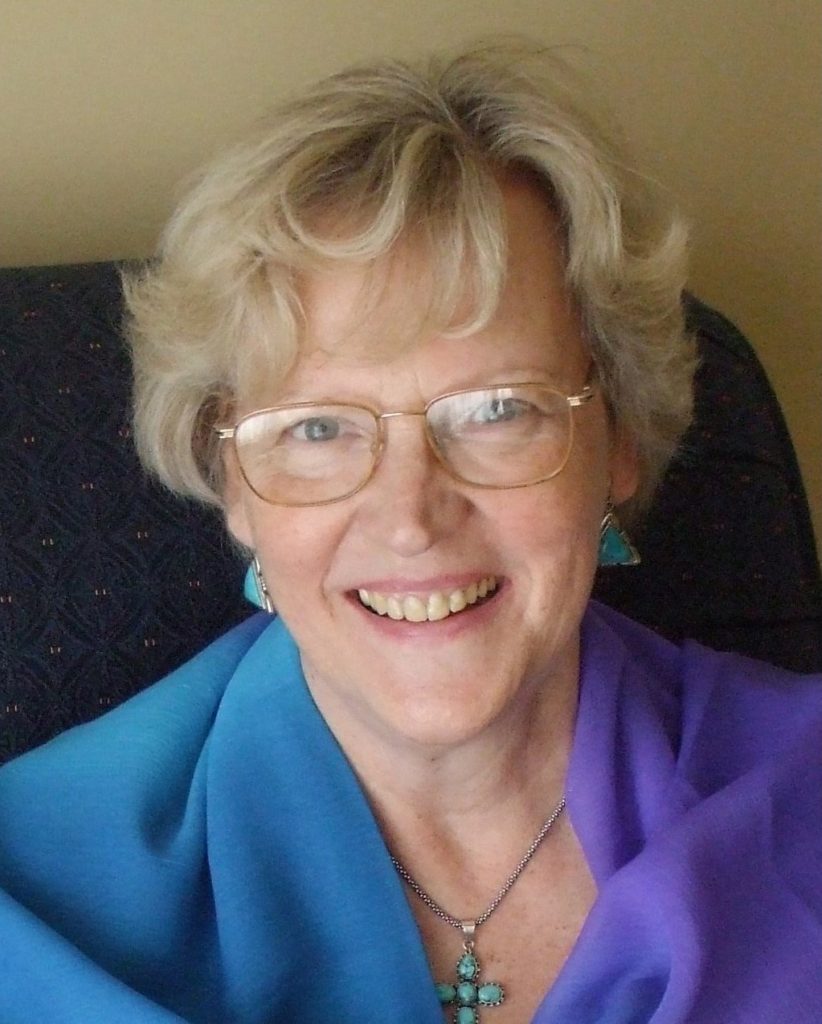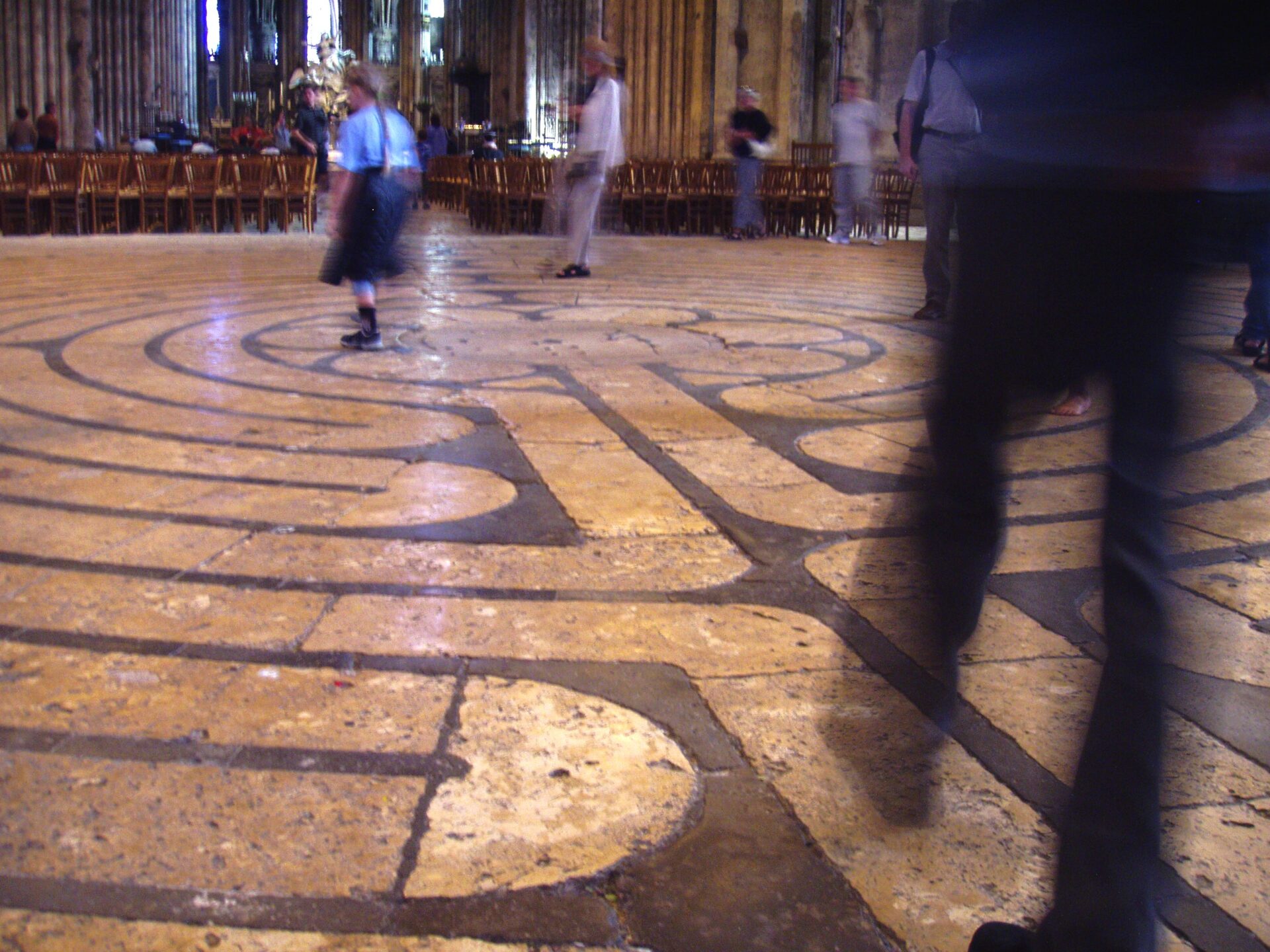The occasion for the first great divide in the history of Christian spirituality was an esoteric and eclectic form of mysticism that is still with us and erupts from time to time in Hollywood blockbusters. ‘The truth is out there’, the Da Vinci Code or Stigmata claim and ancient secrets concealed by nefarious Catholic cardinals and albino monks are finally revealed for all by American anthropologists on the run from the Vatican and the police. Since the discovery of a cache of Gnostic (from gnosis, knowledge) texts in the Nag Hammadi find in Upper Egypt in 1945 there has been a hugely renewed interest in this tradition and its relation to orthodox Christianity. Coinciding with feminism and the public exposure of the human weakness of the clergy and of religious institutions this movement developed an exaggerated importance. It created a market in a spiritual vacuum that suppliers of religious revelations were quick to fill. Probably half of western undergraduates think there is something substantial in the Jesus-Mary Magdalene myth; and that, once upon a time there really was a feminist, liberal, humanist, democratic Christianity suppressed by centralisers and inquisitors. In fact hierarchy and liturgy developed very early in the life of the Church. Heresies are not necessarily always the repressed forms of an early perfection. They can also be experiments in which there is much to admire (the Greek for heresy means choice) but that are later found to be wanting.
Gnosticism is an important shaping element of our tradition which is why most Gnostics considered themselves Christian. Yet it is as difficult a movement for scholars to define, as is our own ‘New Age’. It is also difficult for Christians to reject Gnosticism in its totality, just as one cannot deny that a wayward relative or black sheep does belong to the family. The First Letter of John with its sublime teaching on love – that could not be found in a Gnostic text – becomes sharp when it refers to those ‘many antichrists’ who broke ranks with its community. ‘They never really belonged to us; if they had they would have stayed with us’ (2: 19). This is the bitter language of hurt family feelings. Maybe the Doubting Thomas of the Gospel of John (20:24), who touches the physical body of the risen Jesus and believes, is a riposte to the Gnostic Thomas and his inability to accept the full meaning of Word made flesh.
The oral and literary material of memories about Jesus was collected in the synoptic gospels between the years 70 and 90. But it was another three centuries before a definitive canon was established omitting, for example texts such as the Shepherd of Hermas but including a problematic one like the Book of Revelation. It helps to focus if we compare the Gospel of Thomas, a Syrian text of disputed date but probably about 75AD, with the mystical and indeed partially Gnostic doctrine of the Johannine scriptures, the Gospel and Letters. Thomas is not a narrative but a collection of sayings of Jesus – ‘the secret sayings that the living Jesus spoke’ (1) – some of which some scholars believe to have a claim to authenticity. The esoteric tone of the text characterises Gnosticism but is not altogether lacking in the canon either: ‘To you the secret of the kingdom of God has been given; but to those who are outside everything comes by way of parables’ (Mk 4:11). This is a saying echoed in all the synoptics although their overall sense is not to speak of a hidden teaching but one openly given and often misapprehended even by the close disciples: ‘Do you still not understand? Are you minds closed? You have eyes. Can you not see?’ Jesus asks the Twelve. (Mk 8:17-18).
In both Thomas and in John there is an emphasis on immanence, the divine presence indwelling. But the Gnostic text adds an impersonal omnipresence: ‘Split a piece of wood and I am there. Lift up the stone, and you will find me there’ (78). In John Jesus personalises this presence while raising it to the highest mystery of his union with the Father: ‘As you Father are in me and I in you, so also may they be in us’ (Jn 17:21). There is a sense of discipleship in Thomas but the disciple is called to a self-reliance and self-realisation that makes it a different kind of discipleship than that found in canonical teaching. In Thomas, Jesus can be asked questions but tells the disciples to go off and work it out for themselves. In John the ‘friendship’ Jesus shares with the disciple makes it a warmer relationship than any we glimpse in the disconnected sayings of the Gnostic: “Jesus said I am not your teacher. Because you have drunk, you have become intoxicated from the bubbling spring I have tended’ (13). The Gnostic Christian is essentially equal to Jesus because the same light and divine nature pertains to both. The catholic Christian becomes one with Christ, by grace, a child of God by ‘adoption’. The language overlaps but the sense is distinct. But when John says ‘we shall become like him because we shall see him as he really is’ the proximity of the two kinds of mystical language is obvious.
The Gnostic call of Jesus is from chaos to a meaningful quest to find oneself as a child of God: ‘Jesus said, “Those who seek should not stop seeking until they find. When they find they will be disturbed. When they are disturbed they will marvel and will rule over all’ (2). This has an obviously different tone from the main gospels as does the call to renunciation. Behind Thomas’ asceticism lingers what has been called the ‘cosmic paranoia’ of Gnosticism and the deep dualism of a cosmology that rejected the first chapters of Genesis. The world for the Gnostic is a mistake not a divine creation which God contemplated and found to be good. The ‘singleness’ of the Gnostic is different from the unity of the catholic Christian
Gnosis is nevertheless an important element in the New Testament, especially in John and Paul. Clement of Alexandria, as we will see next week, called the mature Christian a ‘Gnostic’. The influence of Gnosticism on the development of Christian mystical tradition has been powerful, though largely by negation rather than affirmation. It set boundaries, defined for example by the polemic of the ‘Against Heresies’ of Ireneaus of Lyons, that later Christian mystics had to be prudent about crossing. In the end, however, the argument was not about the value of knowing but about its content and meaning. This meaning was defined by the addition of two other key themes used to express and interpret the mystical experience of the Christian, faith (pistis) and love (agape). For Paul the ‘greatest of these is love’ and for John ‘God is love’. For Thomas salvation comes through gnosis. For the New Testament gnosis arises from the marriage of faith and love. What is above all conspicuously absent from Thomas’ Gospel is the theme of forgiveness and the love of enemies. It is this that makes the mysticism of the catholic tradition a real and transformative incarnation.
The implications of these differences for mystical theology are immense because they shape the identity and tone of a community. What difference, if any, do they make to the mystical experience in itself? This is a difficult question at the heart of all mystical traditions and one that today opens up the dialogue between religions. No description of an experience escapes the skin of language or the life of its community. Only silence does that. Yet the experience of silence creates community, deserving to be called ‘catholic’ by being unified in the total diversity of its members. Yet again, not all interpretations of this experience are of equal integrity just as not every understanding of scripture is right. Thus we see sadly some truth in Cardinal Newman’s quip that ‘mysticism begins in mist and ends in schism’. The catholic/ gnostic dispute shows that we must beware of ignoring the resonance between different interpretations of the silence found in mystical experience – the meanings of knowledge, faith and love. But the same dispute shows that there is also a need for the authority of tradition and its interpreters in order to defend the unity of a spiritual community which itself helps to prepare us for and sustains us in the never-ending journey into this silence.
Laurence Freeman OSB
Image by Peggychoucair from Pixabay





